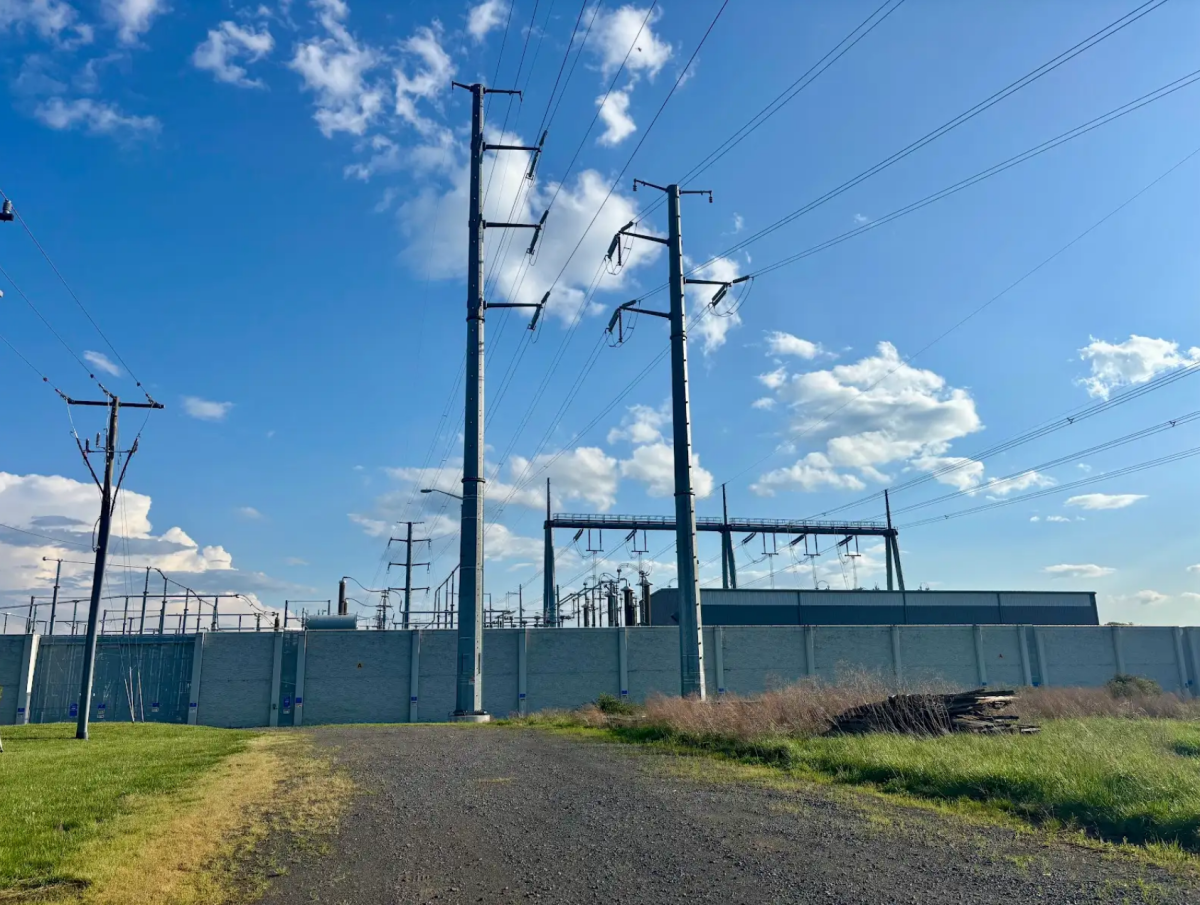In an age where an abundance of information is at people’s fingertips and defined by the rapid dissemination of information, we are witnessing the growth of communities finding themselves trapped in news deserts, areas devoid of reliable and timely local news coverage. These local newspapers’ decline leaves holes in communities across the country, cutting a crucial link between citizens and their communities. This is cause for concern as it threatens the essence of an informed and engaged citizenry.
Local newspapers have long been pillars in fostering informed communities and providing a check and balance for the government. They have reported on local events that matter most to people’s daily lives. However, many of these papers are facing threats to their very existence. Economic challenges, such as the aftermath of the 2008 financial crisis, that served deathblow to many newspapers, changing reader habits and the rise of online platforms have all culminated in the threatening of the traditional newspaper business models. As a result, many shut down or drastically downsized.
Since 2004, over 2,500 newspapers have closed or merged with other newspapers, and that number only continues to rise at a rate of two a week. Over 70 million Americans are estimated to live in a news desert, and by 2025, it is estimated the United States will have lost one-third of its newspapers.
The consequences of this are far-reaching and profound. Local newspapers have traditionally been the primary source of information about local government, education, community events, etc. They serve as local watchdogs, promoting transparency and ensuring local government officials are held accountable for their actions. Without them, important stories go unreported.
A healthy democracy relies on an informed population, and these newspapers have historically played a crucial role in this. News deserts foster the spread of misinformation. In the absence of accurate local sources, residents may turn to unverified or biased information on social media or partisan news outlets, deepening political polarization and division.
While digital platforms have attempted to fill this void, they struggle to replicate the depth and breadth of coverage provided by traditional newsrooms. The news on social media or news websites is often national or international in focus, leaving out critical local issues and events.
Addressing the decline of local newspapers requires a multifaceted approach. There needs to be a concerted effort to support and sustain local journalism. This can involve philanthropic initiatives, community partnerships, or even just a donation that can help sustain local newspapers.
Furthermore, federal and state governments can play a role in supporting local journalism. Policies that encourage local advertising in newspapers, grant funding for community news organizations, or tax incentives can help revitalize the sector.
Additionally, news and media education are vital in addressing news deserts. Teaching individuals to critically evaluate information and understand the importance of credible news sources is essential to combating misinformation.
The decline of local newspapers is an urgent issue that demands attention and action. Preserving a vibrant local media landscape is fundamental to maintaining a healthy democracy and ensuring that communities are informed. We cannot afford to let local newspapers fade away and leave behind news deserts, or we risk losing connections to the issues that matter most in our communities.
This story was originally published on LHS Magpie on October 16, 2023.















![Finishing her night out after attending a local concert, senior Grace Sauers smiles at the camera. She recently started a business, PrettySick, that takes photos as well as sells merch at local concert venues. Next year, she will attend Columbia Chicago College majoring in Graphic Design. “There's such a good communal scene because there [are] great venues in Austin,” Sauers said. “I'm gonna miss it in Austin, but I do know Chicago is good, it's not like I'm going to the middle of nowhere. I just have to find my footing again.” Photo Courtesy of Grace Sauers.](https://bestofsno.com/wp-content/uploads/2025/05/Grace.png)


















